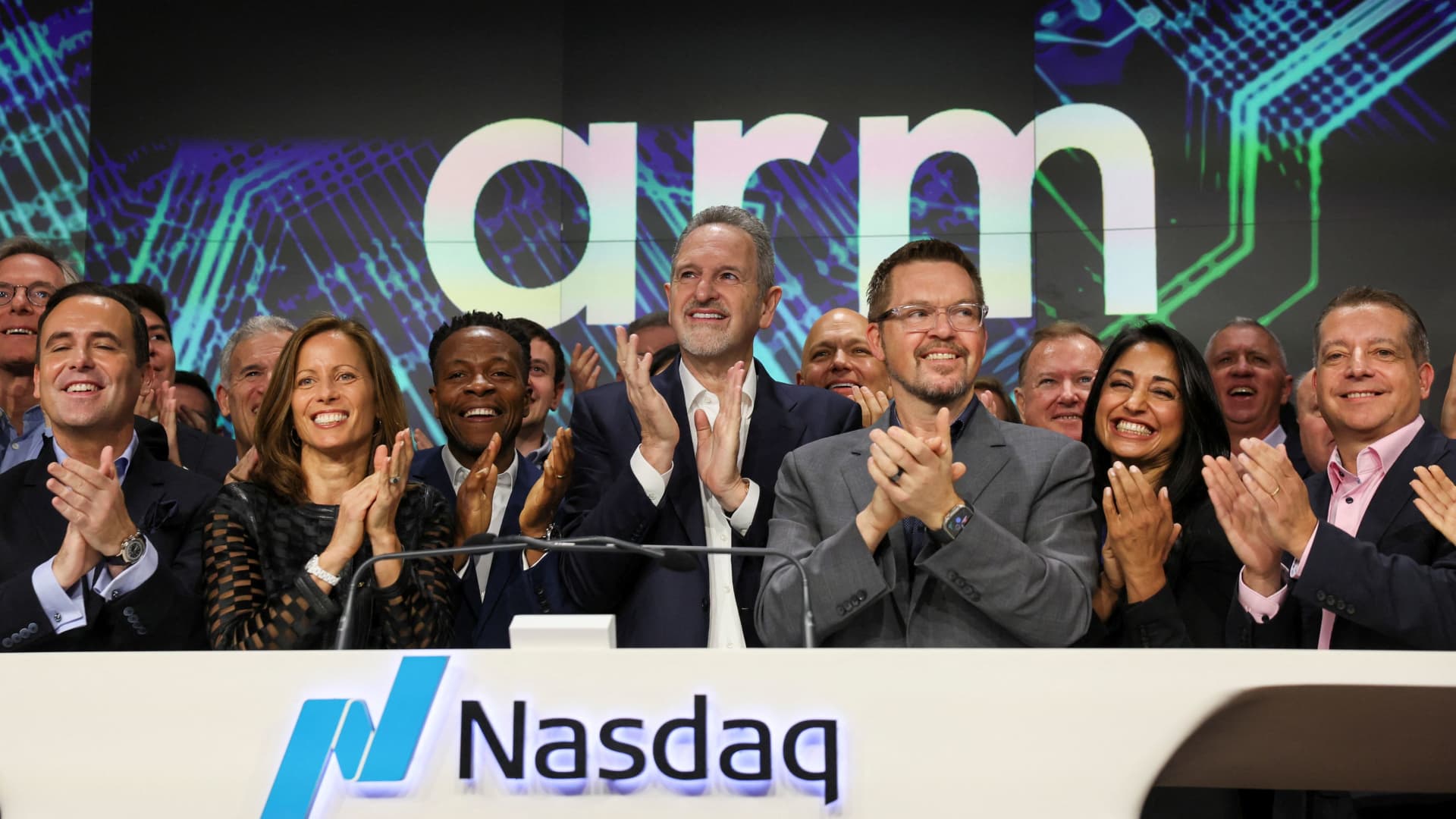How a half-trillion dollars is transforming climate technology

“There is still a long way to go, but the initial signs, particularly in manufacturing, have been very good,” Gopal says.
Looking ahead: more details, and emissions cuts
The IRA is a fairly comprehensive document—the text is hundreds of pages long. But despite all those details, and the fact that it was released over a year ago, there are still questions remaining about several of the key programs in the law.
One key question just after the bill was signed, for example, was how strictly restrictions in the tax credits would be interpreted. The EV tax credits required that materials and components be sourced from either the US or free trade agreement partners, but it wasn’t immediately clear from the law’s text how the percentage of US-based materials and components would be calculated.
We’re still in the early days.
Ellen Hughes-Cromwick
It’s been up to the Internal Revenue Service to fill in the gaps. So far, it seems like the agency is taking a lenient approach with the clarifications it’s issued on those credits, King says.
However, there’s still an open question about how the agency will define one more clause in the EV tax credits, which exclude vehicles that include a “foreign entity of concern” as part of the supply chain. There’s a chance this could be used to target China, which controls the vast majority of several parts of EV manufacturing, including battery material refining and component manufacturing, King says. Those restrictions, which are due to kick in starting in 2024, could limit the vehicles that are eligible for tax credits, depending on how they’re interpreted, which could result in less funding for EVs and even fewer EV customers as a result.
One of the thornier open questions of the IRA concerns a tax credit program for hydrogen.
Hydrogen has a wide range of potential applications for climate technology: it can be used as an alternative fuel for planes or vehicles, and it’s also used to produce chemicals like ammonia, which is used in fertilizer. Today, hydrogen is produced almost entirely using fossil fuels. But hydrogen can also be generated using electricity—and when that electricity comes from renewable sources like wind and solar, it results in “green hydrogen,” a low-emissions fuel.
The IRA includes tax incentives for green hydrogen. However, details about which projects should qualify will be critically important, Gopal says. Many electrolyzers that make hydrogen using electricity aren’t hooked up directly to a solar panel or wind turbine. Instead, they’re connected to the electrical grid, which can be powered by a mix of sources.




